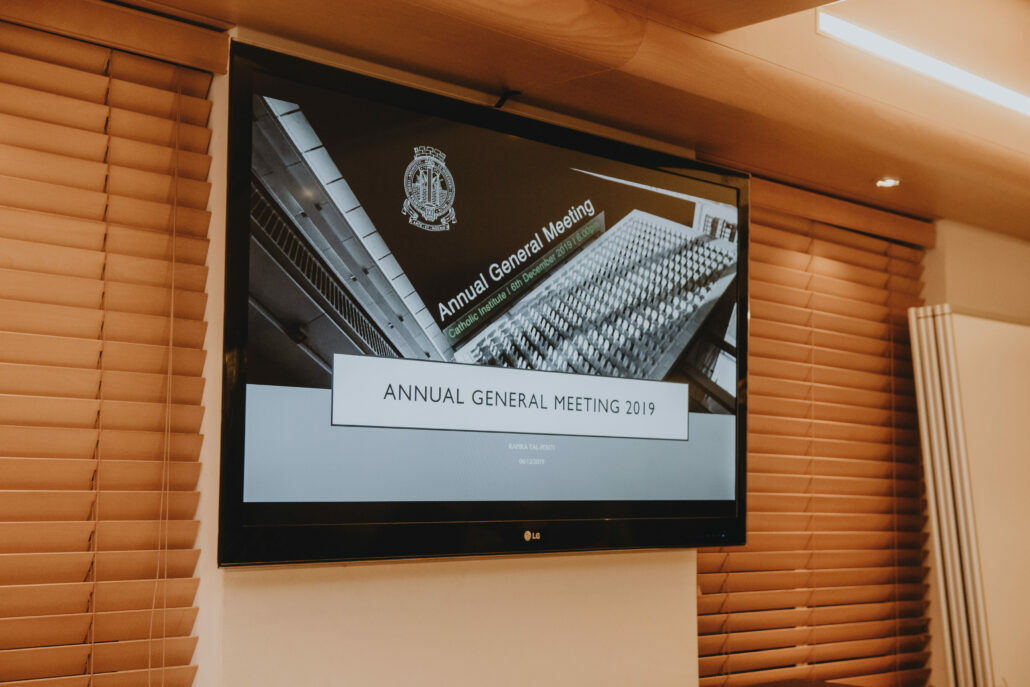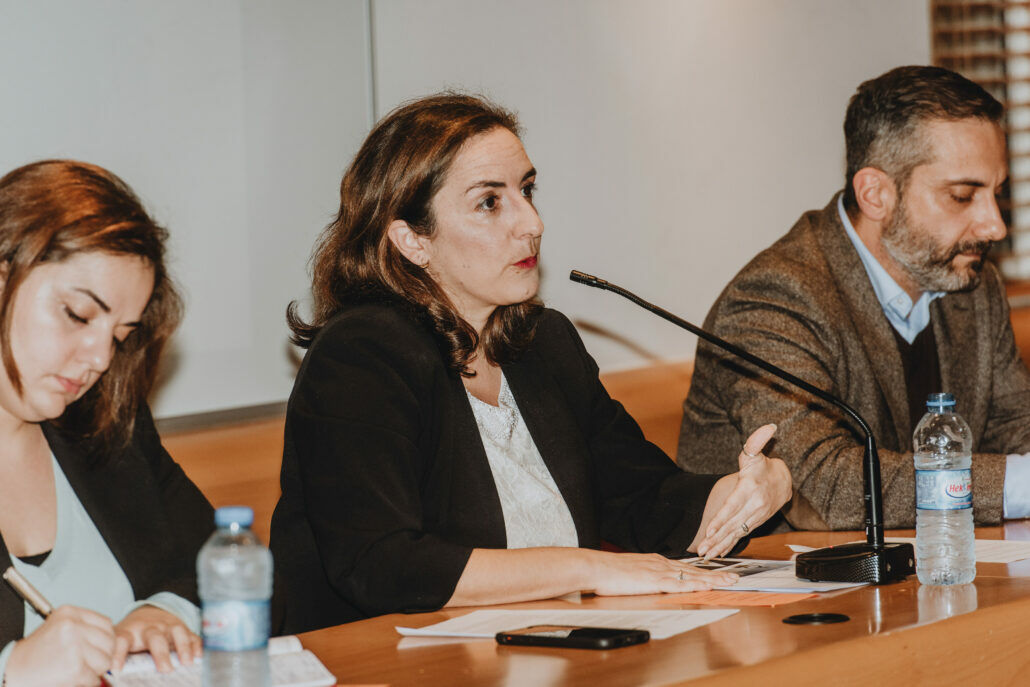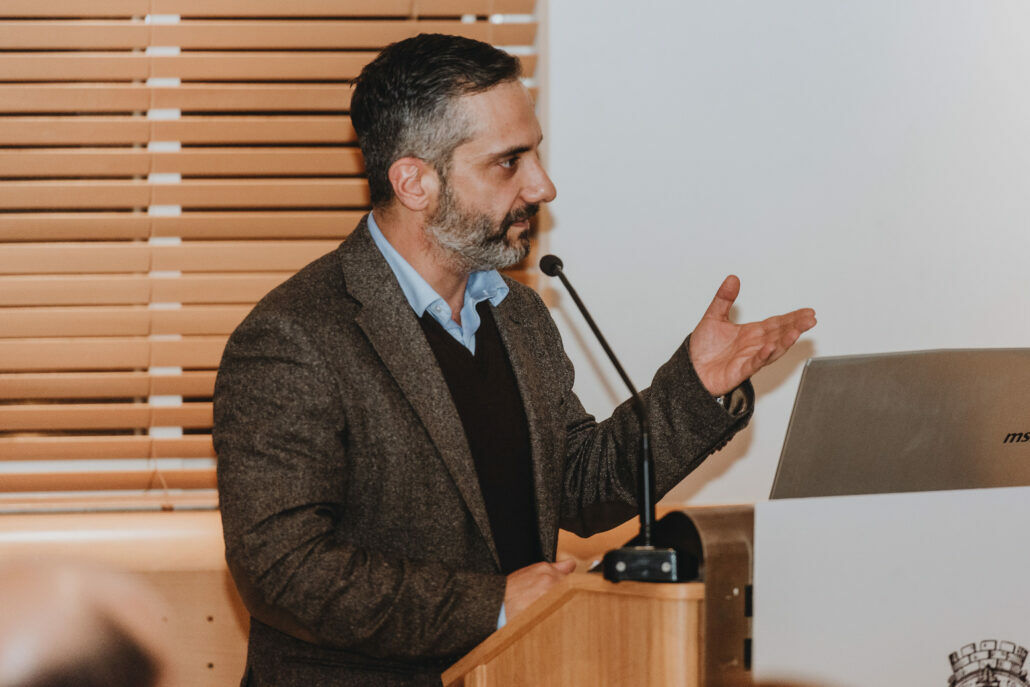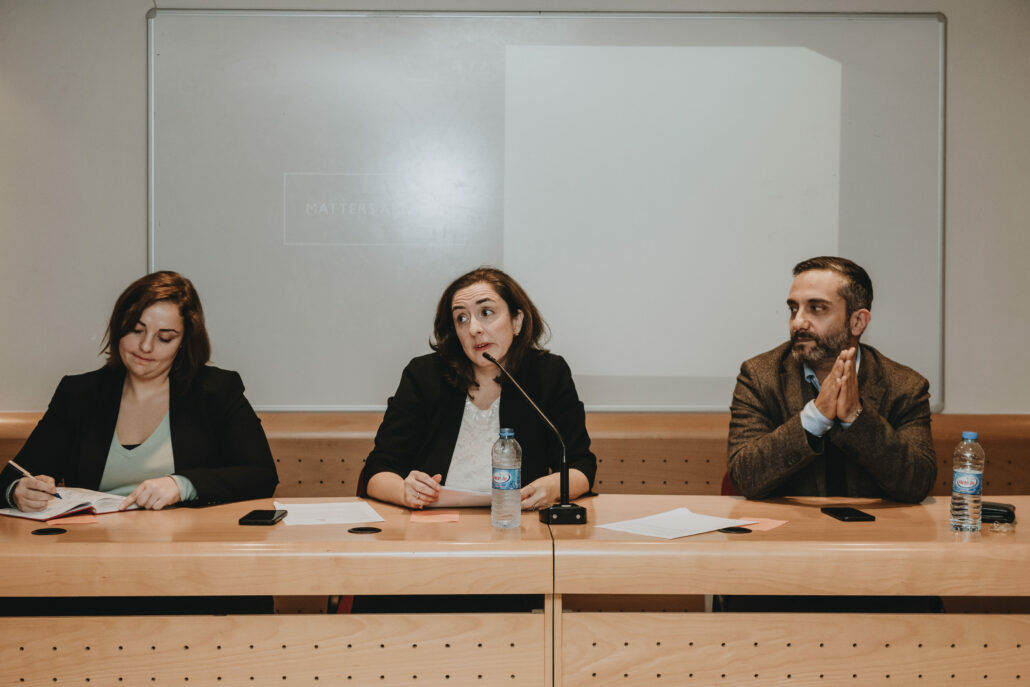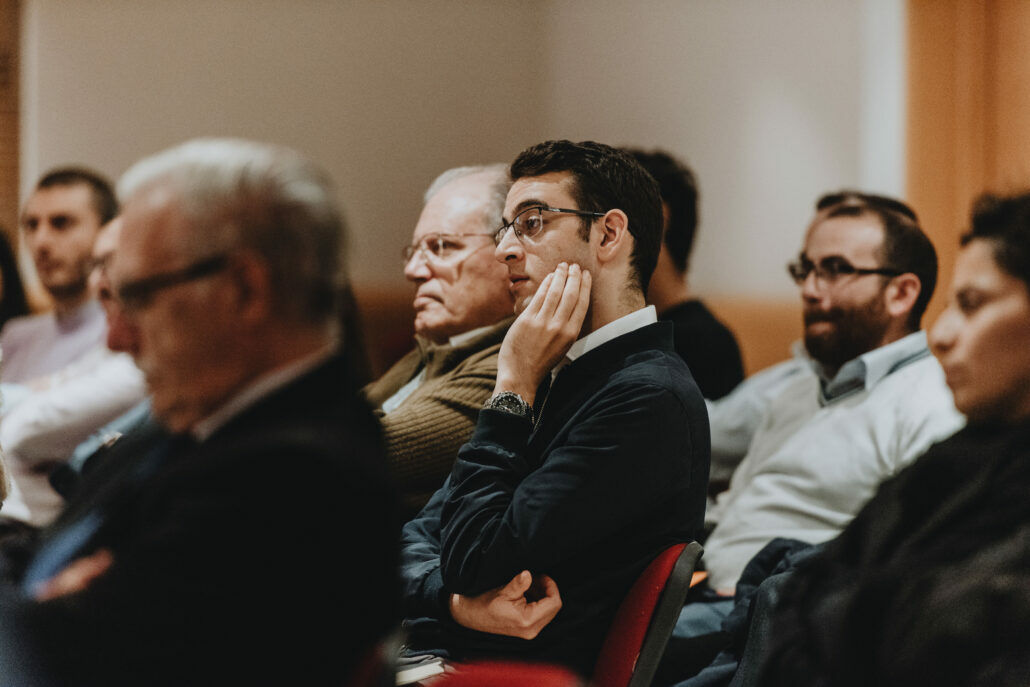PR 05/20 | Arraignments indicative of confused and overlapping responsibilities
Last month’s incident, which claimed the life of Miriam Pace, was a stark reminder that the crisis faced by the building industry is far from over, and has not been resolved through the hastily drafted regulations that were brought into force in July 2019. While commending the swift manner in which the authorities have proceeded in this case, the Kamra tal-Periti cannot but reiterate its position, which has consistently remained strongly opposed to the afore-mentioned regulations because they do not guarantee public safety, as clearly evidenced by the Hamrun tragedy. All these regulations were designed to do is apportion blame after an accident takes place, while concurrently shifting it away from developers and contractors, who remain unregulated to this day. Instead they should have been focused on preventing such accidents from happening in the first place.
Yesterday’s arraignments are a clear demonstration of how increasingly complicated and confused the lines of responsibility have become with the coming into force of the new regulations. Indeed, the Court will now have to establish the responsibilities of four different roles, including the STO role which did not exist before. Inevitably, defence lawyers will thrive in this weak regulatory framework.
The Kamra tal-Periti is perplexed by the statement issued yesterday by the Malta Developers’ Association that the new regulations introduced last summer provided “clear parameters to determine who was responsible for such incidents”. It appears that this was the primary focus of the MDA, rather than ensuring public safety, which has always been the paramount concern of the Kamra.
Indeed, the Kamra fully agrees with the statement which Marthese Portelli, now director-general of MDA, had made at the time the regulations were published, wherein she characterised them as “rushed decision-making [which] has set nobody’s mind at ease”.
The Kamra looks forward to the implementation of its building and construction regulation framework which Government had committed to start implementing as from October 2019. This framework was meanwhile endorsed by all the relevant stakeholders and presented to the Committee of Experts appointed recently by the Prime Minister. Its implementation will ensure that the construction industry will finally modernise itself and be brought in line with practices adopted in developed countries.
The Kamra tal-Periti is fully committed to make sure this happens without further delay. Delays in introducing the appropriate legislation will only prolong the public’s exposure to health and safety risks.


